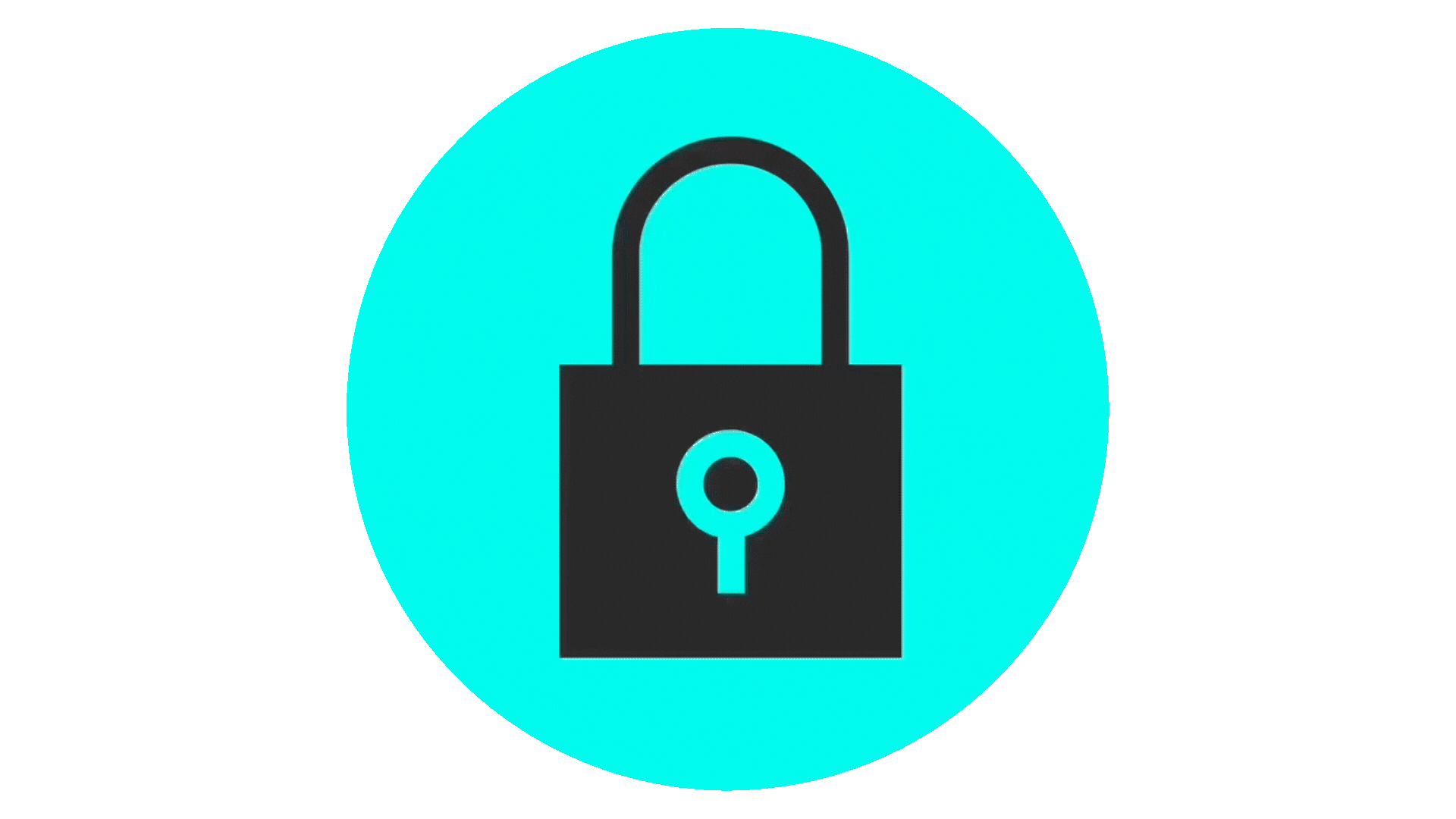

Open Science
In this Section:
Learn More:
Read
Browse
Watch
Download
Interact
Open Science: A Pathway to Integrity, Ethics, and Impact
Open science strengthens research integrity and ethical conduct while advancing global sustainable development through transparent, rigorous, and just scientific practices.
By making data, methods, and findings openly available in standardized formats, researchers not only enable peer verification and reduce the risk of misconduct but also foster trust in scientific research.

The alignment between the principles of open science and research integrity is particularly evident in efforts to ensure reproducibility, accountability, and ethical conduct throughout the research lifecycle.



The Declaration emphasizes that transparent documentation, public registration of studies, and full dissemination of results are ethical obligations for researchers, authors, sponsors, editors, and publishers. Yet, open science is not only about doing science with integrity and transparency.

It has been increasingly recognized as a critical enabler of the United Nations Sustainable Development Goals.
UNESCO. (n.d.). About open science. www.unesco.org/en/open-science/about



By helping to close gaps in access to science, technology, and innovation,
open science supports a more just
global research landscape.
It also upholds the human right to science, as articulated in Article 27.1 of the Universal Declaration of Human Rights, which affirms everyone’s right to participate in and benefit from scientific advancement.











Consider: When you think about open science, do you picture a broad vision grounded in values like openness and public engagement? Or do you focus more on the tools and systems—like licensing, data formats, and infrastructure—that make openness possible in practice?
In reality, both are essential.
One dimension expresses the
values and principles that drive the movement. The other defines the
legal, technical, and procedural conditions that turn those ideals into everyday
research practices.
A leading example of a values-based framework is the "UNESCO Recommendation on Open Science", which serves as the first international standard-setting instrument focused on the subject.

Open science combines various movements and practices aiming to make multilingual scientific knowledge openly available, accessible and reusable for everyone, to increase scientific collaborations and sharing of information for the benefits of science and society, and to open the processes of scientific knowledge creation, evaluation and communication to societal actors beyond the traditional scientific community.

UNESCO, 2021
UNESCO. (2021). UNESCO Recommendation on Open Science (SC-PCB-SPP/2021/OS/UROS). doi.org/10.54677/MNMH8546
This framework applies across all disciplines and areas of scholarly practice and is built on five core pillars:

Open
Scientific
Knowledge


Open
Science Infrastructures



Science Communication

Open Engagement of Societal Actors


Open Dialogue with Other Knowledge Systems

Other definitions take a more technical and operational perspective, such as the Open Knowledge Foundation’s definition, which states that "Knowledge is open if anyone is free to access, use, modify, and share it — subject, at most, to measures that preserve provenance and openness."
To meet this standard, research outputs must be licensed for open use or be in the public domain. They must also be accessible in full, provided in machine-readable formats, and offered at no more than a reasonable cost for reproduction.

Building on these perspectives, a
broader taxonomy of open science
has been proposed to align with the current landscape of scientific communication and the UNESCO recommendations.
Silveira L. da, Ribeiro N. C., Melero R. et al (2023). Taxonomia da Ciência Aberta: revisada e ampliada. Encontros Bibli: Revista eletrônica De Biblioteconomia E Ciência Da informação, 28, 1–22. doi.org/10.5007/1518-2924.2023.e91712. Interactive visualization created by Science Integrity Alliance (2025).
Historical Overview of the Open Science Movement
Today's frameworks that guide the open science movement have evolved from deep historical roots in scholarly communication.

Image by Maximilian Dörrbecker - Own work, CC BY-SA 2.5, https://commons.wikimedia.org/w/index.php?curid=2131565


1991
The launch of arXiv.org pioneers open-access self-archiving of physics preprints, creating the first major digital repository for scientific research before formal publication.
Background image: Screenshot of the main page of the website www.arXiv.org, per April 16, 2025.

The Budapest Open Access Initiative (BOAI) issues a landmark declaration calling for free availability of research articles on the public internet, establishing foundational principles for the open access movement.
2002
Background image: Screenshot of the main page of the website www.budapestopenaccessinitiative.org, per April 16, 2025.

2003
The Berlin Declaration on Open Access to Knowledge in the Sciences and Humanities expands global support for open access, extending principles to include cultural heritage and humanities research.
Background image: First paragraph of the preface to the Berlin Declaration, www.openaccess.mpg.de/Berlin-Declaration

The National Institutes of Health (NIH) implements the first major public funding mandate requiring open access to taxpayer-funded research, establishing PubMed Central as a biomedical repository.
2008
Background image: Screenshot of the main page of the website www.pmc.ncbi.nlm.nih.gov, per April 16, 2025.

2018
cOAlition S launches Plan S, an initiative requiring scholarly publications from their public or privately funded research to be published with immediate open access by 2021.
Background image: Screenshot of the main page of the website www.coalition-s.org, per April 16, 2025.


2023
The Barcelona Declaration on Open Research Information is launched, committing organizations to making openness the default for research information and supporting transparent research evaluation practices.
Background image: Commitments of the Barcelona Declaration on Open Research Information - Social media and image resources, www.barcelona-declaration.org/resources.

The Broader Open Science Landscape
While the timeline above illustrates the key historical milestones in open science's development, "the transition towards open science is a complex cultural change".
Quote by Bartling, S., Friesike, S. (2014). Towards Another Scientific Revolution. In: Bartling, S., Friesike, S. (eds) Opening Science. Springer, Cham. doi.org/10.1007/978-3-319-00026-8_1

Cultural transformation in open science encompasses shifts in
institutional values and incentive structures,
while being enabled by an ecosystem of technological innovations.
An increasing number of institutions and funding agencies have introduced mandates for openly accessible articles and data, with some also encouraging or requiring preprint submission to create avenues for more rapid dissemination and feedback.











To reinforce these policy shifts, recognition systems
have emerged to incentivize transparency, such as the use of badges to certify open data, materials, and preregistrations, helping establish new norms for research transparency.
Interactive image: Open Science Badges (Top row: Preregistered, Open Data, Open Code; Bottom row: Open Materials, Open Papers, Open Supplements). Source: Center for Open Science, www.osf.io/tvyxz.




A structured contributor role taxonomy has emerged as a valuable complement to these developments, providing a standardized approach for documenting the multiple contributions researchers make, from data curation and software development to visualization and validation, enabling more precise recognition in collaborative research that aligns naturally with open science's emphasis on transparency and fair acknowledgment.

Allen L, O’Connell A and Kiermer V (2019).
How can we ensure visibility and diversity in research contributions? How the Contributor Role Taxonomy (CRediT) is helping the shift from authorship to contributorship. Learned Publishing, 32: 71-74. doi.org/10.1002/leap.1210
Additionally, training and education are vital to open science's cultural transformation. Universities integrating these principles into curricula
are preparing new researchers with different expectations about transparency and collaboration.

Communities of practice also play a pivotal role in supporting skill development and creating peer networks that reinforce emerging norms around data sharing and collaborative methods.
Azevedo F, Liu M, Pennington CR et al (2022)
Towards a culture of open scholarship: the role of pedagogical communities. BMC Res Notes 15, 75. doi.org/10.1186/s13104-022-05944-1

However, significant challenges remain:
Financial barriers, data privacy concerns, and resistance to changing established research practices continue to hinder open science adoption. Yet, growing support from governments and funding agencies is driving the establishment of new standards for collaborative scientific discovery, alongside a thriving landscape of grassroots initiatives.
Want to explore the evolving open science ecosystem? Discover MOSAIC and contribute to piecing together the vibrant mosaic of global open science practices and innovations.
Page Information
How to Cite this Page
Science Integrity Alliance (2025). Open Science. www.sci-integrity.com/open-science.
Last updated 14th April 2025.
Author Contributions
Jo Havemann: Conceptualization, Writing- Original draft preparation,
Luciana AC Machado: Conceptualization, Software, Visualization, Writing- Original draft preparation, Writing- Reviewing and Editing.
License
Unless otherwise noted, the content of this page is licensed under a Creative Commons Attribution-NonCommercial 4.0 International License (CC BY-NC 4.0).
We Want to Hear From You
Your feedback is invaluable to us. Members are invited to complete the feedback form and share their insights to help ensure our resources remain accurate and up-to-date.

